Bathhouse, Cuicul, North Africa (4th Century)*
Artist/Designer: Islamic, North African
Project Location: Tunisia
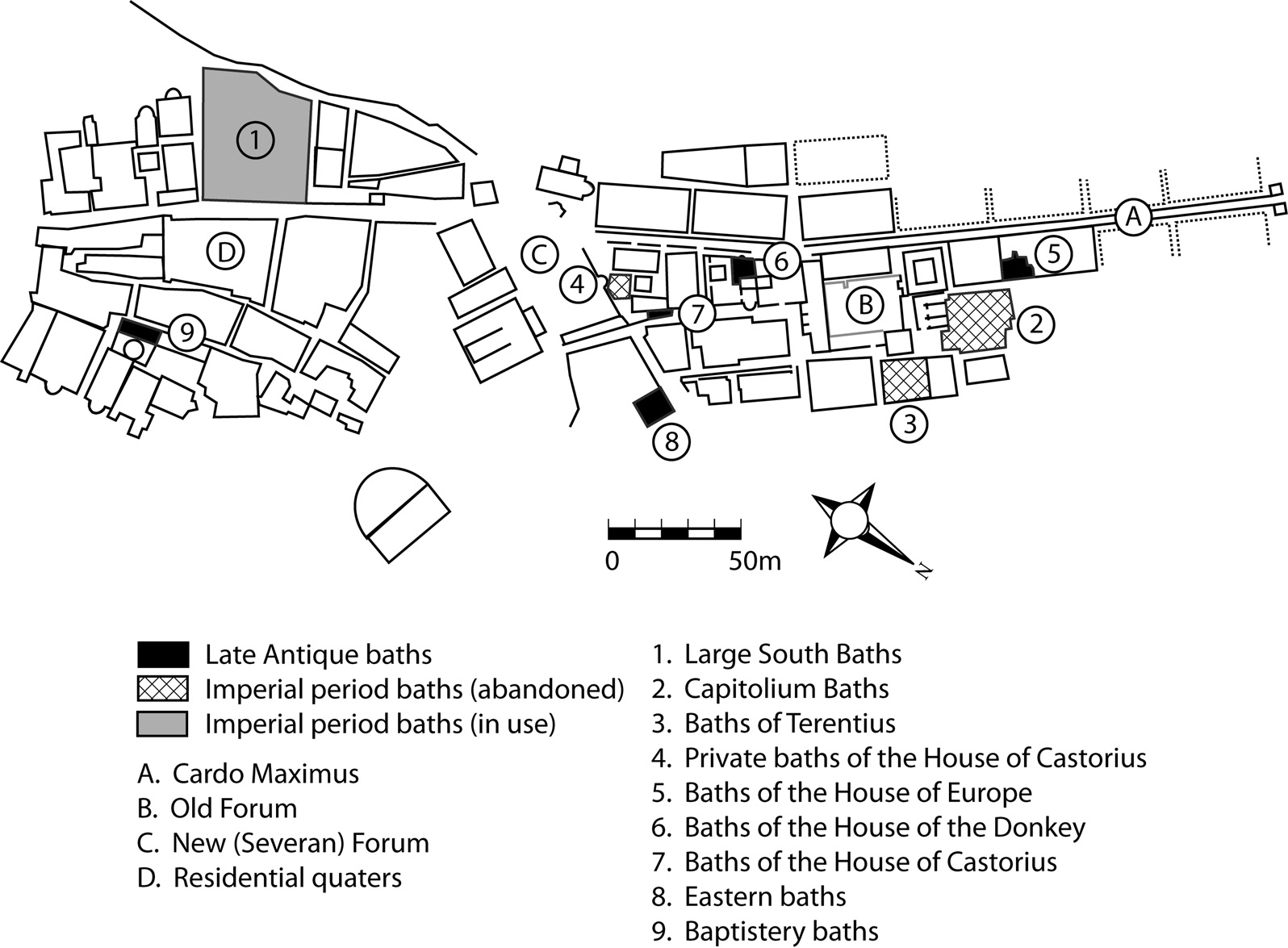
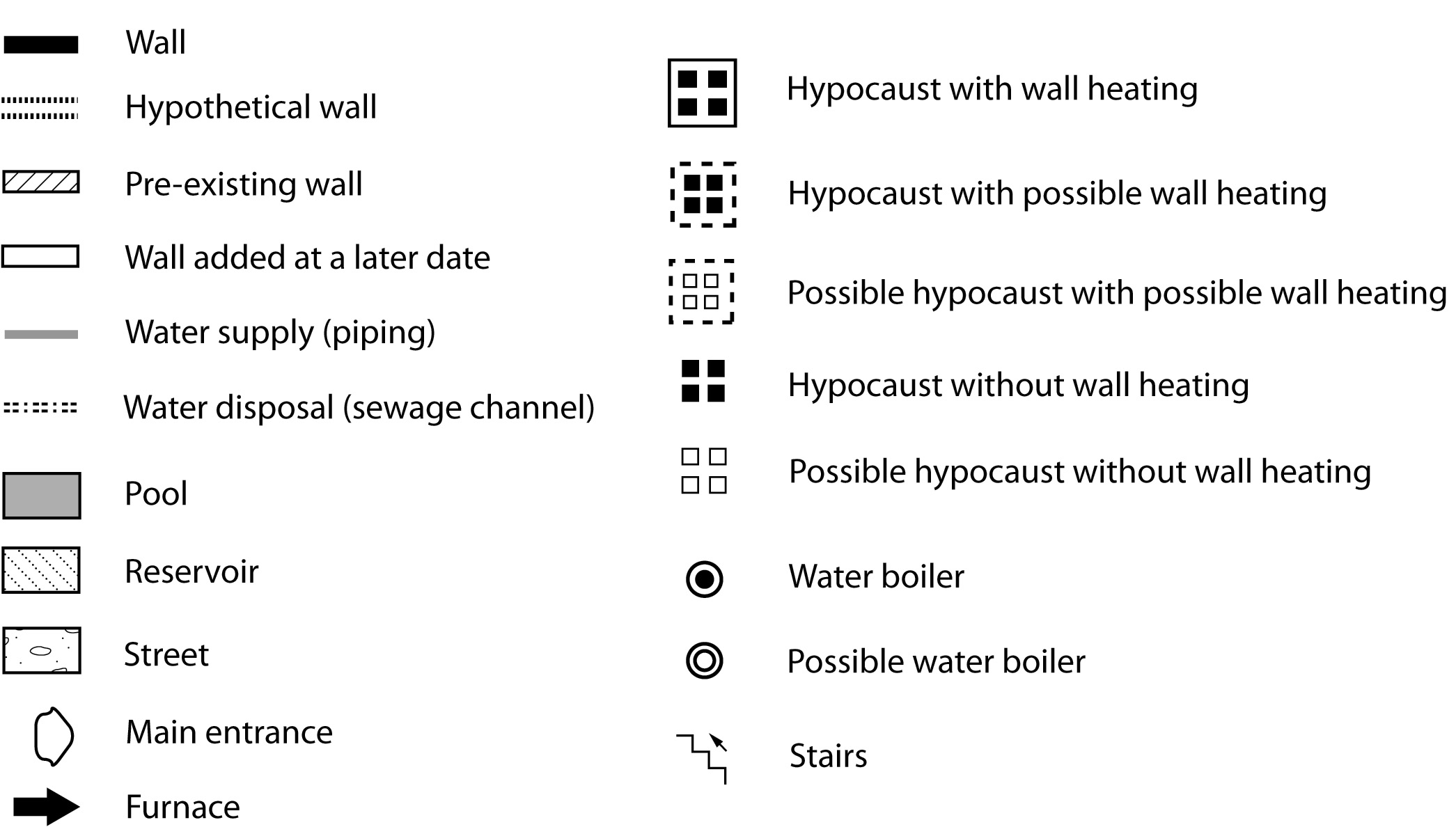
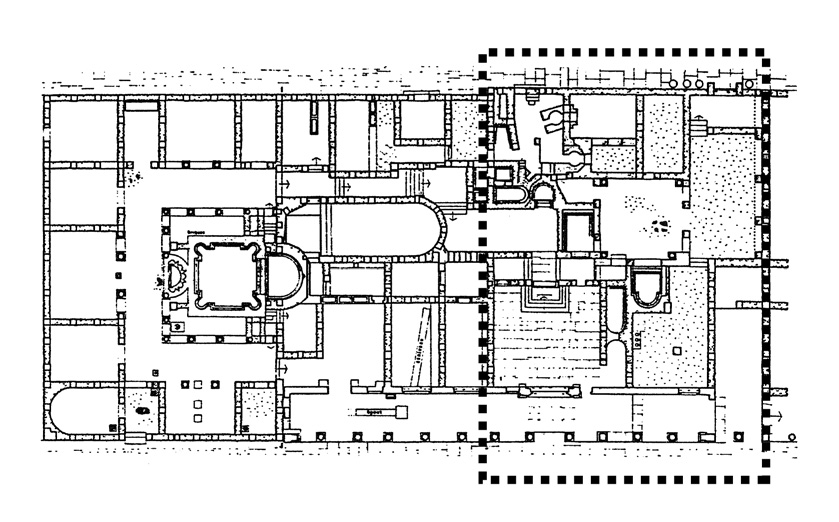
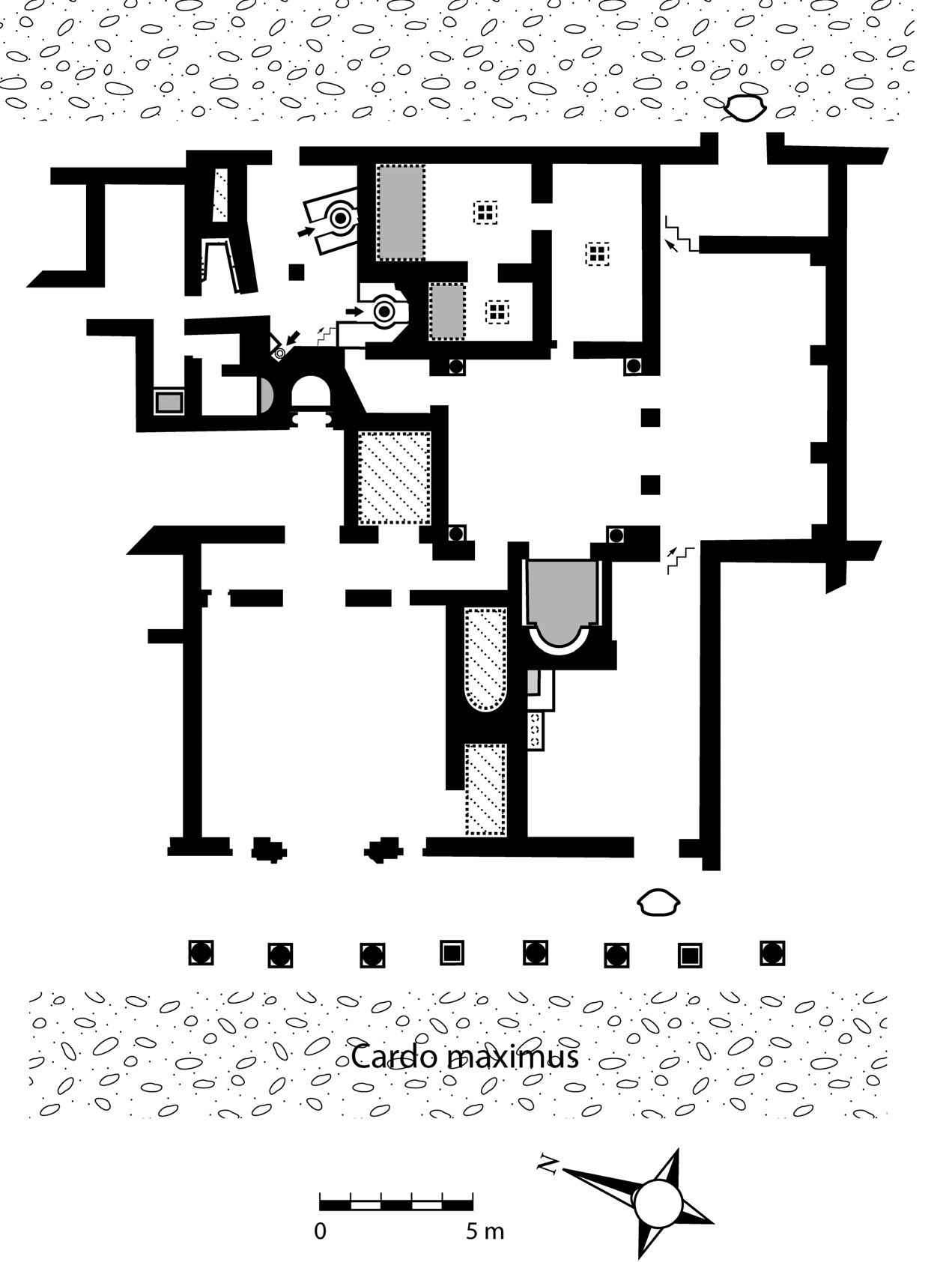
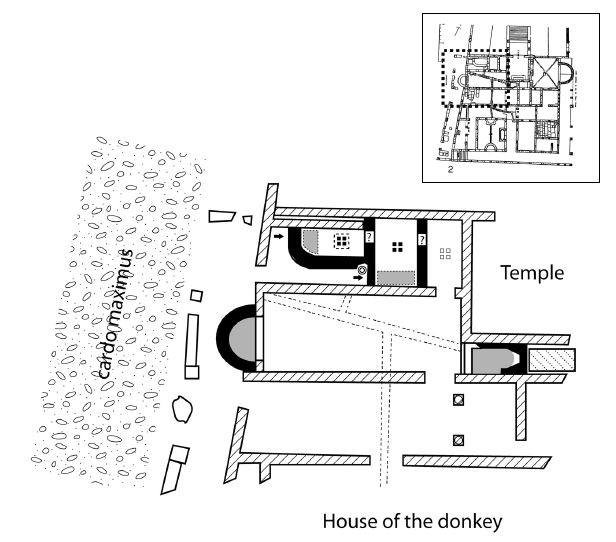
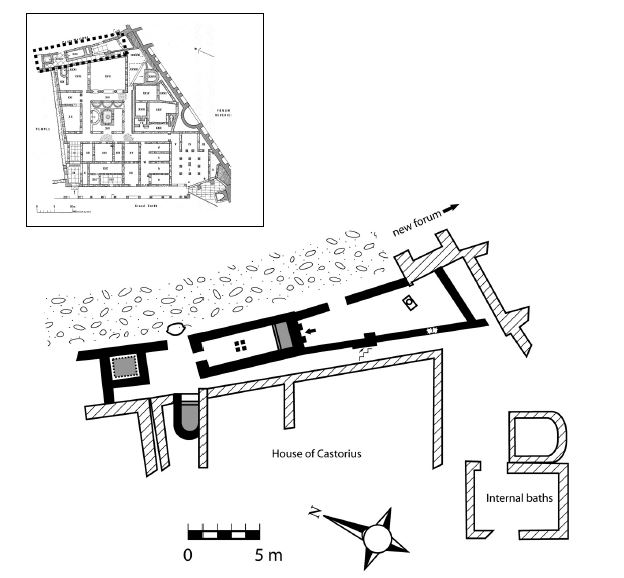
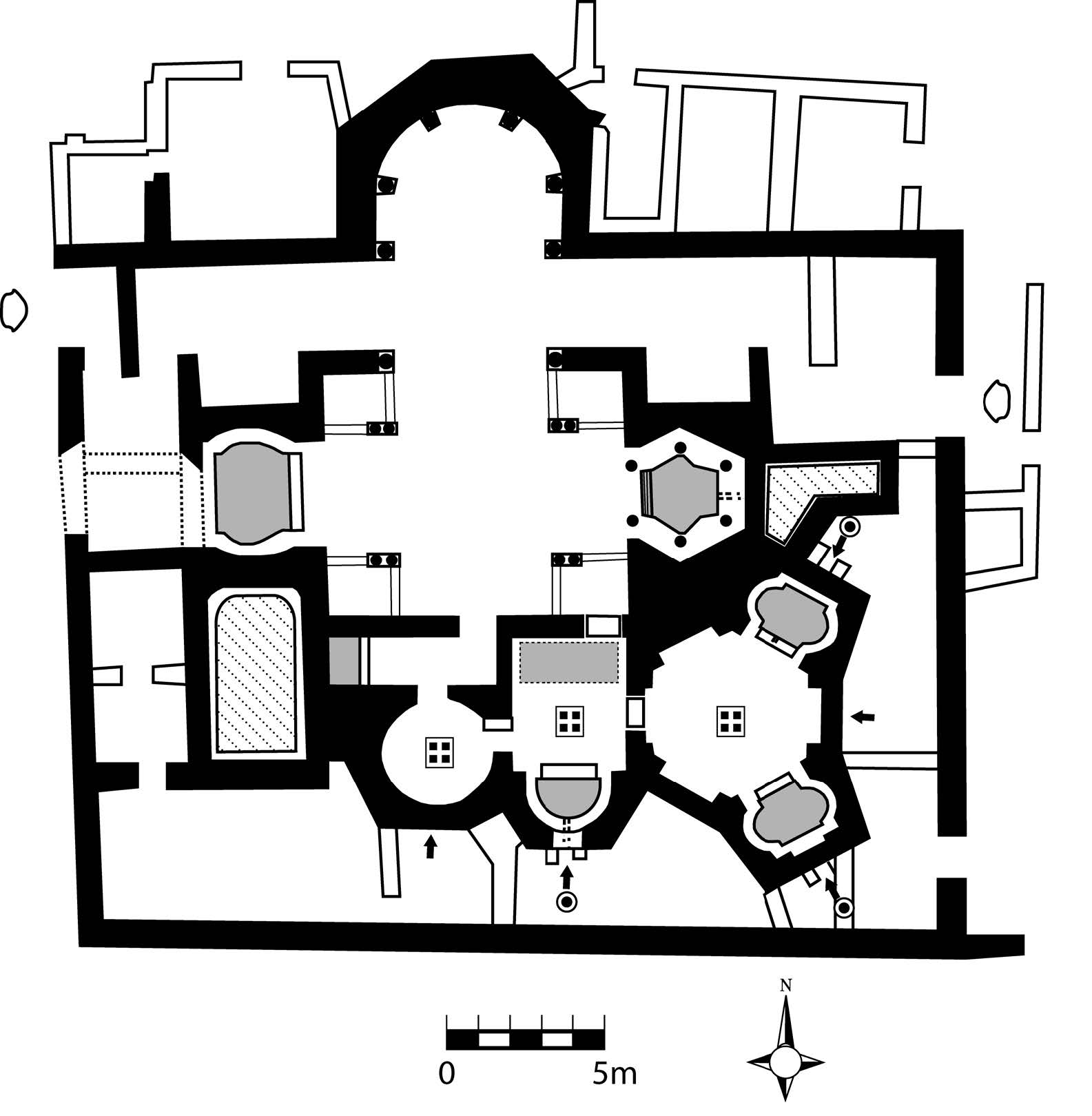
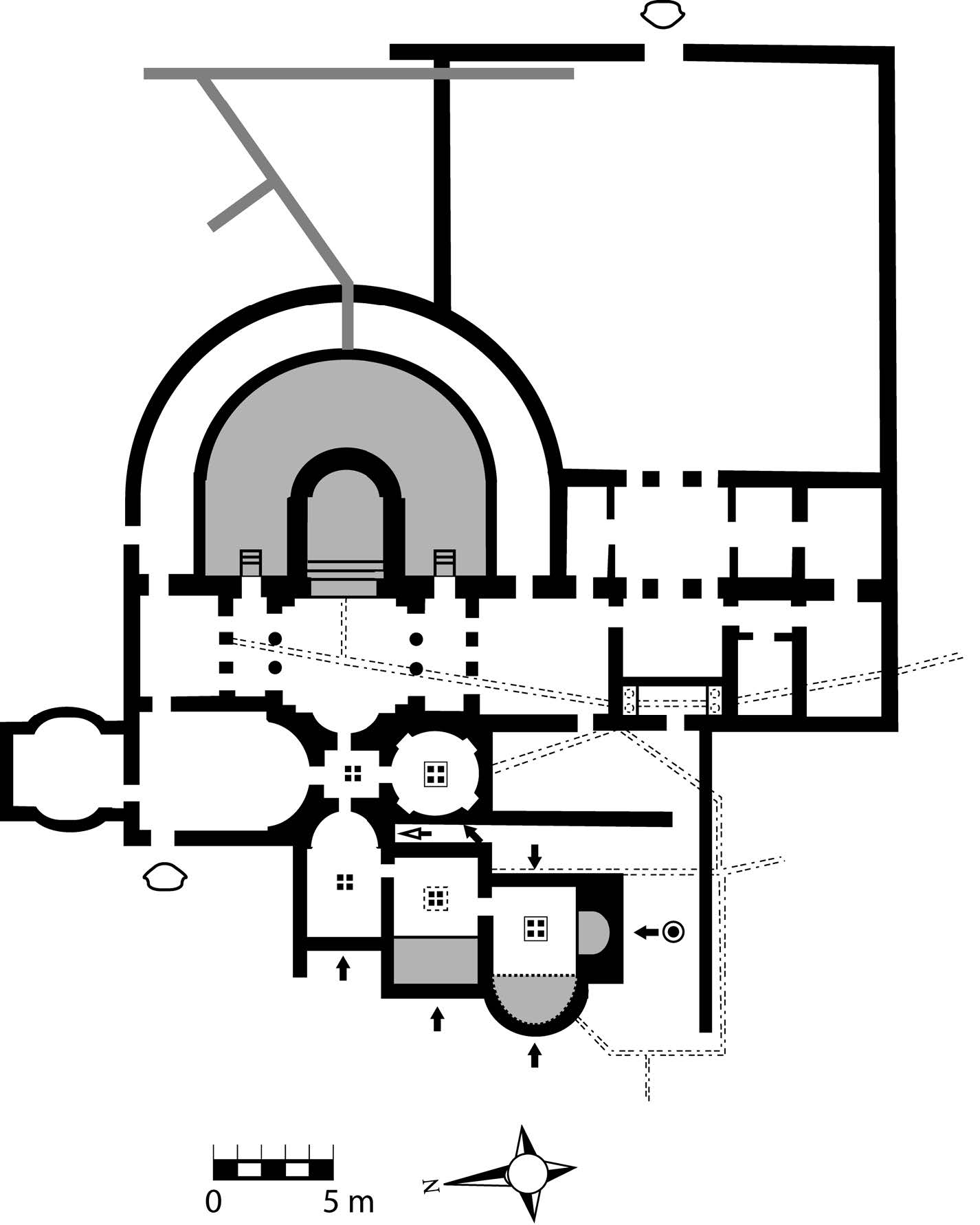

Style/Period(s):
Vernacular
Primary Material(s):
Stone
Function(s):
Health Facility
Related Website(s):
Significant Date(s):
4th Century
Additional Information:
Examining the survival, transformation, and eventual decline of Roman public baths and bathing habits in Italy, North Africa, and Palestine during Late Antiquity. Through the analysis of archaeological remains, ancient literature, inscriptions, and papyri, the continued importance of bathhouses as social hubs within the urban fabric are demonstrated, thus radically altering common misconceptions of their decline through the rise of Christianity and elite seclusion. Persistent ideas about health and hygiene, as well as perpetuating ideas of civic self-esteem, drove people to build, restore, and praise these focal points of daily life when other classical buildings were left to crumble.
Publications/ Texts in print:
Bertolazzi, Riccardo. "From the CIL Archives (II): A New Statue Base from Lambaesis (Algeria)." Zeitschrift Für Papyrologie Und Epigraphik 188 (2014): 284-86.
Kelly, Amanda. "ROMAN BATHHOUSES ON CRETE AS INDICATORS OF CULTURAL TRANSITION: THE DYNAMICS OF ROMAN INFLUENCE." Bulletin of the Institute of Classical Studies. Supplement, no. 120 (2013): 131-67.
Mandich, Matthew J., Thomas J. Derrick, Sergio Gonzalez Sanchez, Giacomo Savani, and Eleonora Zampieri, eds. TRAC 2015: Proceedings of the 25th Annual Theoretical Roman Archaeology Conference. Oxford; Philadelphia: Oxbow Books, 2016.
Maréchal, Sadi. “Public and Private Bathing in Late Antique North Africa.: Changing Habits in a Changing Society?” TRAC 2015: Proceedings of the 25th Annual Theoretical Roman Archaeology Conference, edited by Matthew J. Mandich et al., Oxbow Books, Oxford; Philadelphia, 2016, pp. 125–140. JSTOR, www.jstor.org/stable/j.ctt1kw29qk.12. Accessed 3 Mar. 2020.
Olin, Laurie. "Algerian Journal: Among the Ruins of Provincial Rome." SiteLINES: A Journal of Place 11, no. 2 (2016): 7-11.
Building Address: Multiple locations in Cuicul
Significant Dates: 1878-1978
Tags: Public baths, Bathing Habits, Late Antiquity, Hammam, Roman Bath, Archeological sites,, Bath culture, Bathing culture, Bathing, aqueous, hygiene, hygienic, health, North Africa, Tunisia, Africa, Roman,
Viewers should treat all images as copyrighted and refer to each image's links for copyright information.